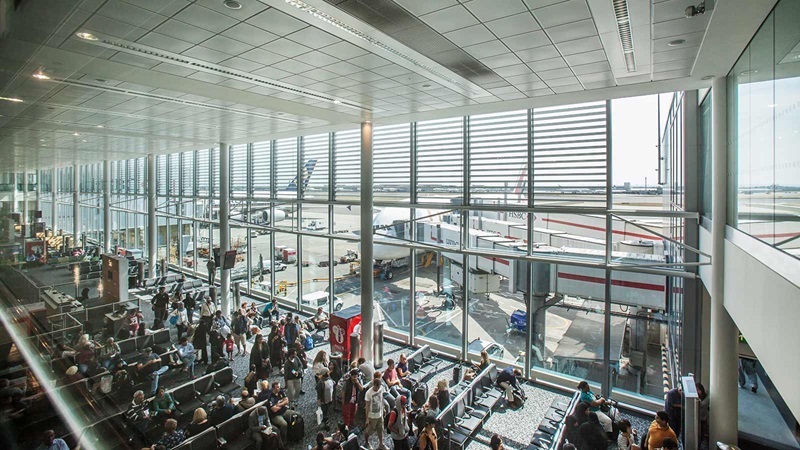Kick-starting an industrial strategy
Mace's Jason Millett, COO for Major Programmes and Infrastructure, wants to see a more cohesive plan for locally-led transport projects.
The details of Theresa May's industrial strategy are slowly becoming apparent, but the overarching policy is already the lens through which her team view an increasing number of decisions, from Heathrow expansion to regional devolution. So, what should this strategy involve?
The industrial strategy is already being positioned by ministers as the driving force behind a more balanced economy, in which every region of the UK is equipped to identify and support the sectors that will best drive local growth. This, however, lends itself to a bottom-up, locally-led strategy, and has created debate over whether central government can create a coherent industrial strategy in this space at all.
In our view, the thrust of a modern industrial strategy has to be local and locally differentiated. Regional businesses and political leaders are far better placed than central government to understand the particular sectors that will drive growth and jobs in their areas, and thus how to form a cohesive strategy with local universities and local enterprise partnerships.
Central government’s role should be to focus on the bigger picture: how to achieve harmony and forethought in terms of the national policies and projects that hang different regional strategies together. In essence, how to better connect regional economies to one another and in a post-Brexit world, also to new international markets.
The Prime Minister for instance travelled to India last month and part of any trade deal done there needed to reflect an industrial strategy that translates investment into real jobs and growth in local towns and cities, whilst also promoting and developing our successful infrastructure design and delivery skills.
In his Autumn Statement, the Chancellor's commitment to invest in motorway and trunk road upgrades was welcome. Smaller regional projects are faster to deliver than the major infrastructure schemes such as HS2 or Crossrail 2, but can bring significant local benefits while providing a stronger stimulus to the wider economy. The key, of course, is getting the balance right between the two. Projects of the size of HS2 are crucial to speeding up connections between and within our regions, as well as focusing regional development on national as well as local need.
Delivering on airport expansion is also essential if we are to connect regional jobs to the new growth markets of the wider world. While such big-ticket projects are already in development, what really makes the National Productivity Investment Fund part of an effective industrial strategy is support for the essential down-track connectivity that spreads the economic benefits of such projects.
On HS2, we are only just starting to look at the smaller onward connections from the main route could leverage the project’s value further at a local level. A recent report published by HS2 provided some excellent case studies from the north of England – such as Preston being able to add over £3m to its local economy each year due to its proximity to the route. The government has made its commitment to HS2 clear, but as with so many of these major infrastructure projects, without connecting it to a localised, integrated plan, the real transformative value won’t be felt by the very communities it aims to enhance.














